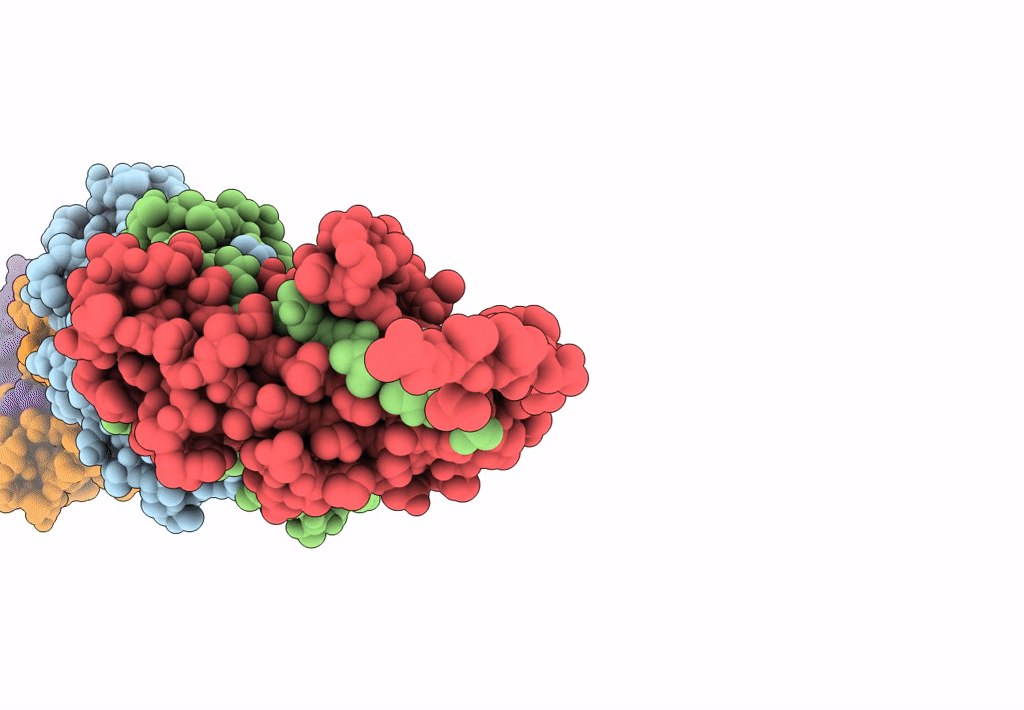
Deposition Date
2023-02-10
Release Date
2023-03-22
Last Version Date
2024-10-16
Entry Detail
PDB ID:
8CIO
Keywords:
Title:
Cryo-EM structure of the CupE pilus from Pseudomonas aeruginosa
Biological Source:
Source Organism:
Pseudomonas aeruginosa PAO1 (Taxon ID: 208964)
Method Details:
Experimental Method:
Resolution:
3.50 Å
Aggregation State:
FILAMENT
Reconstruction Method:
HELICAL


